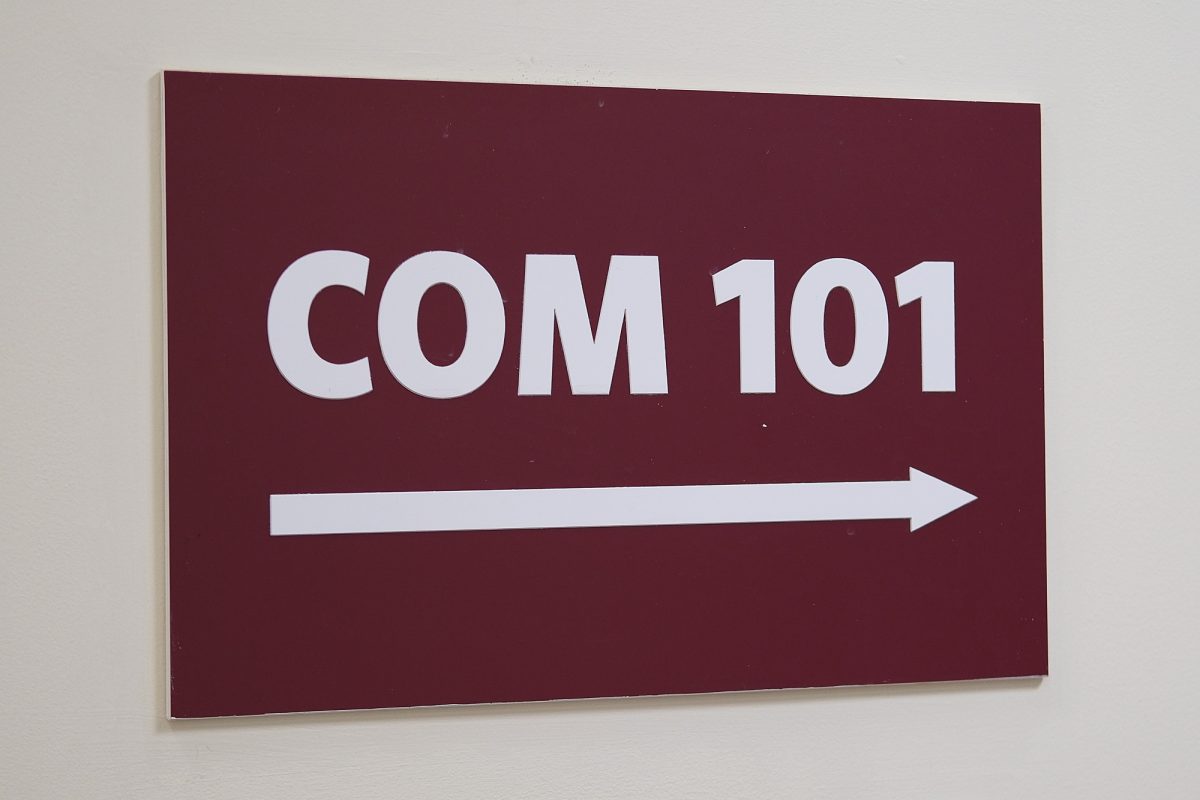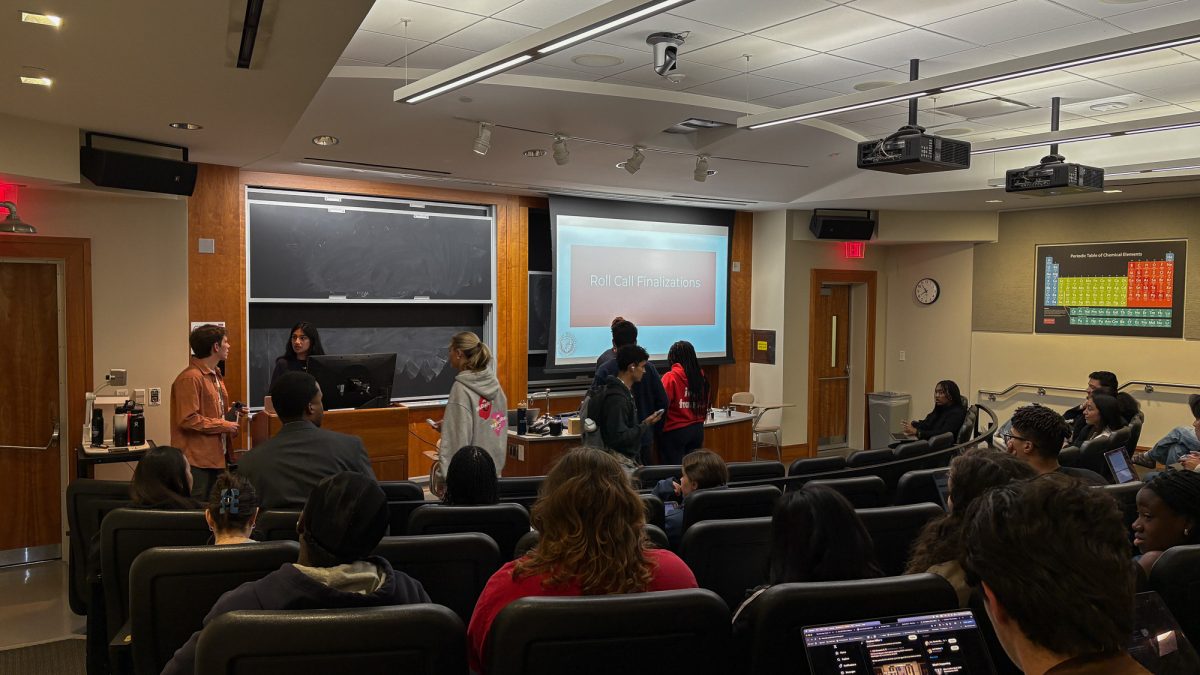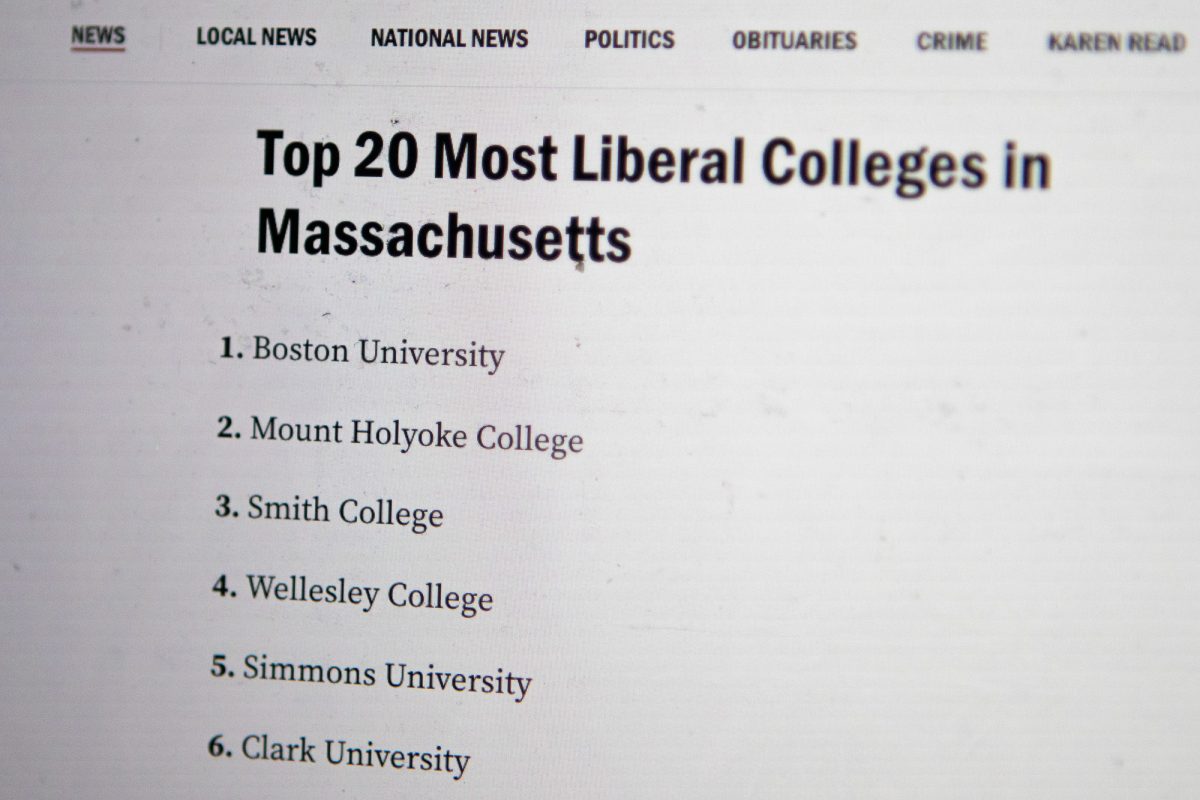While in London, my internship revolves around me watching a lot of films. I usually attend movie-screening previews every week and sit through at least two movies a week. On top of that, I’m a huge fan of movies, yet they don’t seem to return any of that love.
According to a recent study done by the Center for the Study of Women in Television and Film at San Diego State University, females only made up 12 percent of protagonists, 29 percent of major characters and 30 percent of all speaking characters in the top 100 highest grossing films of 2014.
In a world where over half the population is made up of women, how is it that we are so unrepresented on screen?
The problem isn’t only that we’re not given huge roles; it is also that often, we’re given roles that misrepresent women and who we are. We play the ditzy love interests (or crazy ones) and most of the time are just sidekicks to the main character, a man. Our goals are usually never independent from the goals of the male protagonist, and we don’t hold any leadership roles.
Even when given roles, our entire existence revolves around males. There’s a thing called the Bechdel Test that most movies fail to pass. The rules are simple: for a movie to pass the test, it has to have at least two women in it who talk to each other about something besides a man. It doesn’t even have to be a whole conversation. It can literally be one line that’s said. For something that doesn’t seem too difficult, it is.
Yet, there’s a flaw to this test. There are movies that have fantastic female protagonists but don’t pass because there are no other women for her to communicate with.
An example of this would be Clarice Starling in “Silence of the Lambs.” She is considered to be one of the best examples of an empowering female character, even though that film does not pass the Bechdel Test.
There are endless problems that come from women not being treated fairly in the film industry, and it would take a book to go through all of them. But I think the two biggest problems I have is that:
- Women aren’t on screen (or being misrepresented) because they aren’t behind the scenes making the big decisions.
- The effect this has on young girls adds to the negative self images they may develop about themselves.
I strongly believe that for women to appear on screen in a positive manner, they have to be in control behind the screens. We need women to fill the roles of writers, producers and directors. We also need men to understand and be more educated about how to present women in films. This is a group effort, not one that is solely supported by women.
Change from behind the screens will affect what audiences see, and part of that audience includes young women and girls. The best way to have girls become powerful and successful women are for them to have role models to look up to. It’s unfair that they never see representation of themselves on screen because Hollywood doesn’t think it will sell.
“Frozen” made millions, so really, what’s the excuse?
Despite this being such a grim outlook on the film industry, there are some movies that present fantastic female characters. Here are some of my favorites.
Merida from “Brave”: At no point in this story does it revolve around any boys. Instead, all she wants to do is shoot arrows and ride horses. The main plot revolves around her relationship with her mother and overcoming their different viewpoints.
The cast of “Bridesmaids”: Yes, this story does involve women and their love lives, but it’s also so much more than that. It’s a film about friendship and failure and has some of the most hilarious women on screen today.
Katherine Watson from “Mona Lisa Smile”: Played by Julia Roberts, Katherine Watson is a professor at Wellesley College in 1953. She challenges the stereotypical roles that women are forced to play, going against tradition to make a better life for herself and the students around her.
Jess Bhamra in “Bend it Like Beckham”: What’s important to the main character here isn’t boys. It’s soccer, her family and her friends. Granted, boys do play a role, but in no way does it dominate the movie completely. Instead, it shows that women can play sports well and have bigger goals in life.
Mia Thermopolis in “The Princess Diaries”: This is a movie not so much about finding a prince but rather a princess trying to figure out herself. She fights to be respected and taken seriously while reconnecting with her family. Though I can’t say the same about the second movie, the main themes of this franchise do present a good message to girls.















































































































